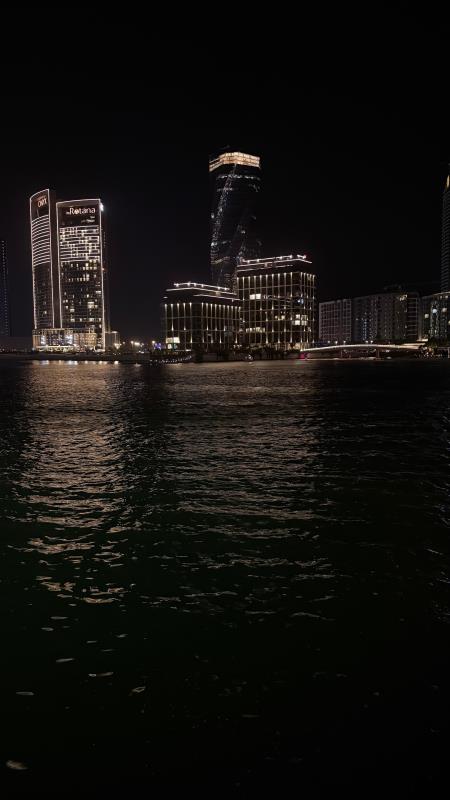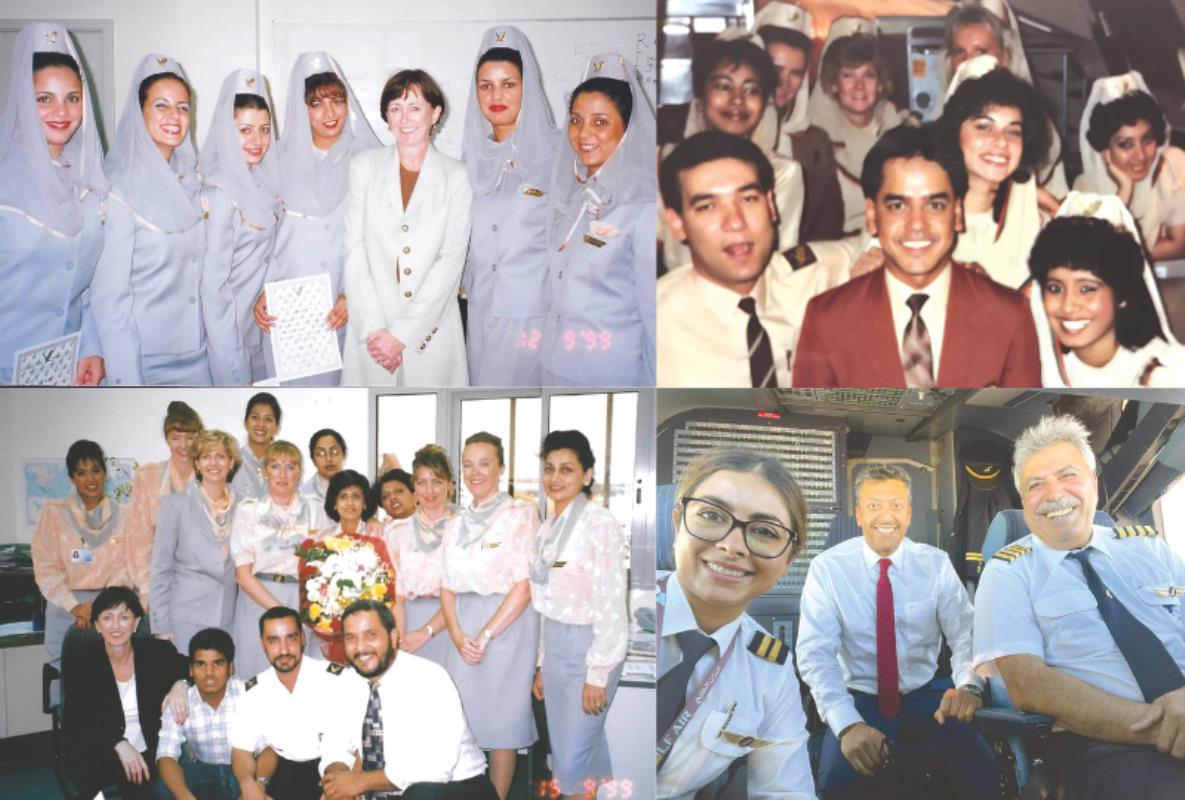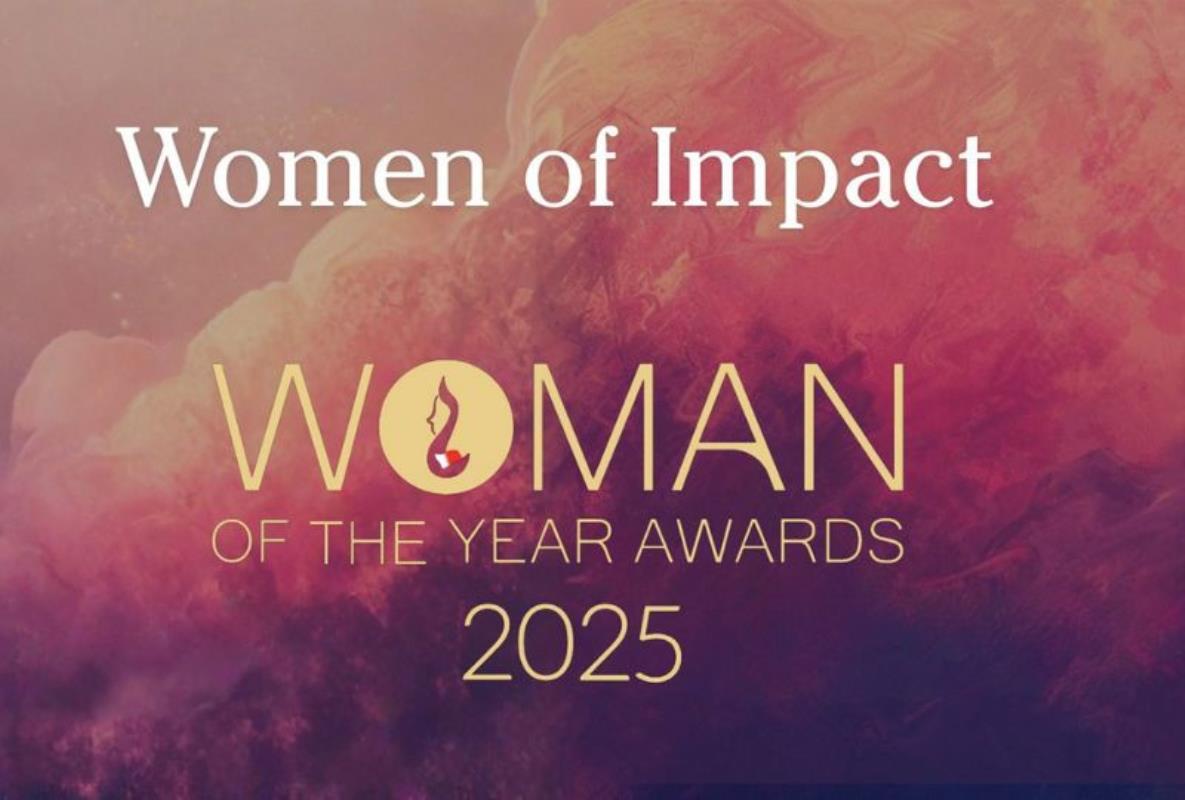
The Italian composer wrote atmospheric scores for spaghetti westerns and some 500 films by a Who’s Who of international directors.
His death was confirmed by his lawyer, Giorgio Assumma, who said that Mr Morricone had been admitted to the hospital last week after falling and fracturing his femur.
Mr. Morricone scored many popular films of the past 40 years, Édouard Molinaro’s “La Cage aux Folles” (1978), Mr Carpenter’s “The Thing” (1982), Mr De Palma’s “The Untouchables” (1987), Roman Polanski’s “Frantic” (1988), Giuseppe Tornatore’s “Cinema Paradiso” (1988), Wolfgang Petersen’s “In the Line of Fire” (1993), and Mr Tarantino’s “The Hateful Eight” (2015).
In 2016, Mr Morricone won his first competitive Academy Award for his score for “The Hateful Eight,” an American western mystery thriller for which he also won a Golden Globe. In a career showered with honours, he had previously won an Oscar for lifetime achievement (2007) and was nominated for five other Academy Awards, and had won two Golden Globes, four Grammys and dozens of international awards.
But the work that made him world famous, and that was best known to movie-goers, was his blend of music and sound effects for Sergio Leone’s 1960s spaghetti westerns: a ticking pocket watch, a sign creaking in the wind, buzzing flies, a twanging harp, haunting whistles, cracking whips, gunshots and a bizarre, wailing “ah-ee-ah-ee-ah,” played on a sweet potato-shaped wind instrument called an ocarina.
Imitated, scorned, spoofed, what came to be known as “The Dollars Trilogy” — “A Fistful of Dollars” (1964), “For a Few Dollars More” (1965) and “The Good, the Bad and the Ugly” (1966), all released in the United States in 1967 — starred Clint Eastwood as “The Man With No Name” and were enormous hits, with a combined budget of $2 million and gross worldwide receipts of $280 million.
The trilogy’s Italian dialogue was dubbed, and the action was brooding and slow, with clichéd close-ups of gunfighters’ eyes. But Mr Morricone, breaking the unwritten rule never to upstage actors with music, infused it all with wry sonic weirdness and melodramatic strains that many fans embraced with cultlike devotion and critics called viscerally true to Mr Leone’s early vision of the Old West.
“In the films that established his reputation in the 1960s, the series of spaghetti westerns he scored for Mr Leone, Mr Morricone’s music is anything but a backdrop,” The New York Times critic Jon Pareles wrote in 2007. “It’s sometimes a conspirator, sometimes a lampoon, with tunes that are as vividly in the foreground as any of the actors’ faces.”
Mr Morricone also scored Mr Leone’s “Once Upon a Time in the West” (1968) and his gangster drama, “Once Upon a Time in America” (1984), both widely considered masterpieces. But he became most closely identified with “The Dollars Trilogy,” and in time grew weary of answering for their lowbrow sensibilities.
Asked by The Guardian in 2006 why “A Fistful of Dollars” had made such an impact, he said: “I don’t know. It’s the worst film Leone made and the worst score I did.”
“The Ecstasy of Gold,” the theme song for “The Good, the Bad and the Ugly,” was one of Mr Morricone’s biggest hits. It was recorded by the cellist Yo-Yo Ma on an album of Mr Morricone’s compositions and used in concert by two rock bands: as closing music for the Ramones and the introductory theme for Metallica.
He composed for television films and series like “The Sopranos,” wrote about 100 concert pieces, and orchestrated music for singers including Joan Baez, Paul Anka and Anna Maria Quaini, the Italian pop star known as Mina.
Mr Morricone never learned to speak English, never left Rome to compose, and for years refused to fly anywhere, though he eventually flew all over the world to conduct orchestras, sometimes performing his own compositions. While he wrote extensively for Hollywood, he did not visit the United States until 2007, when, at 78, he made a monthlong tour, punctuated by festivals of his films.
He gave concerts in New York at Radio City Music Hall and the United Nations, and he concluded the tour in Los Angeles, where he received an honorary Academy Award for lifetime achievement. The presenter, Clint Eastwood, roughly translated his acceptance speech from the Italian as the composer expressed “deep gratitude to all the directors who had faith in me.”
Ennio Morricone was born in Rome on Nov 10, 1928, one of five children of Mario Morricone and the former Libera Ridolfi. His father, a trumpet player, taught him to read music and play various instruments. Ennio wrote his first compositions at six. In 1940, he entered the National Academy of Santa Cecilia, where he studied trumpet, composition and direction.
His World War II experiences — hunger and the dangers of Rome as an “open city” under German and American armies — were reflected in some of his later work. After the war, he wrote music for radio; for Italy’s broadcasting service, RAI; and for singers under contract to RCA.
In 1956, he married Maria Travia. They had four children: Marco, Alessandra, Andrea and Giovanni.
His first film credit was for Luciano Salce’s “The Fascist” (1961). He soon began his collaboration with Mr Leone, a former schoolmate. But he also scored political films:Gillo Pontecorvo’s “The Battle of Algiers” (1966), Mr Pasolini’s “The Hawks and the Sparrows” (1966), Giuliano Montaldo’s “Sacco and Vanzetti” (1971) and Mr Bertolucci’s “1900” (1976).
Five Morricone scores nominated for Oscars displayed his virtuosity. In Mr Malick’s “Days of Heaven” (1978), he captured a love triangle in the Texas Panhandle, circa 1916. For “The Mission” (1986), about an 18th-century Jesuit priest (Jeremy Irons) in the Brazilian rain forest, he wove the panpipe music of Indigenous people with that of a missionary party’s European instruments, playing out the cultural conflicts.
In “The Untouchables,” his music pounded out the struggle between Eliot Ness (Kevin Costner) and Al Capone (Robert De Niro) in Prohibition-era Chicago. In Mr. Levinson’s “Bugsy” (1991), about the mobster Bugsy Siegel (Warren Beatty), it was a medley for a star-struck sociopath in Hollywood. And in Mr Tornatore’s “Malèna” (2000), he orchestrated the ordeals of a wartime Sicilian town as seen through the eyes of a boy obsessed with a beautiful lady.
Talking to Mr Pareles, Mr Morricone placed his acclaimed oeuvre in a modest perspective. “The notion that I am a composer who writes a lot of things is true on one hand and not true on the other hand,” he said. “Maybe my time is better organized than many other people’s. But compared to classical composers like Bach, Frescobaldi, Palestrina or Mozart, I would define myself as unemployed.”























































































